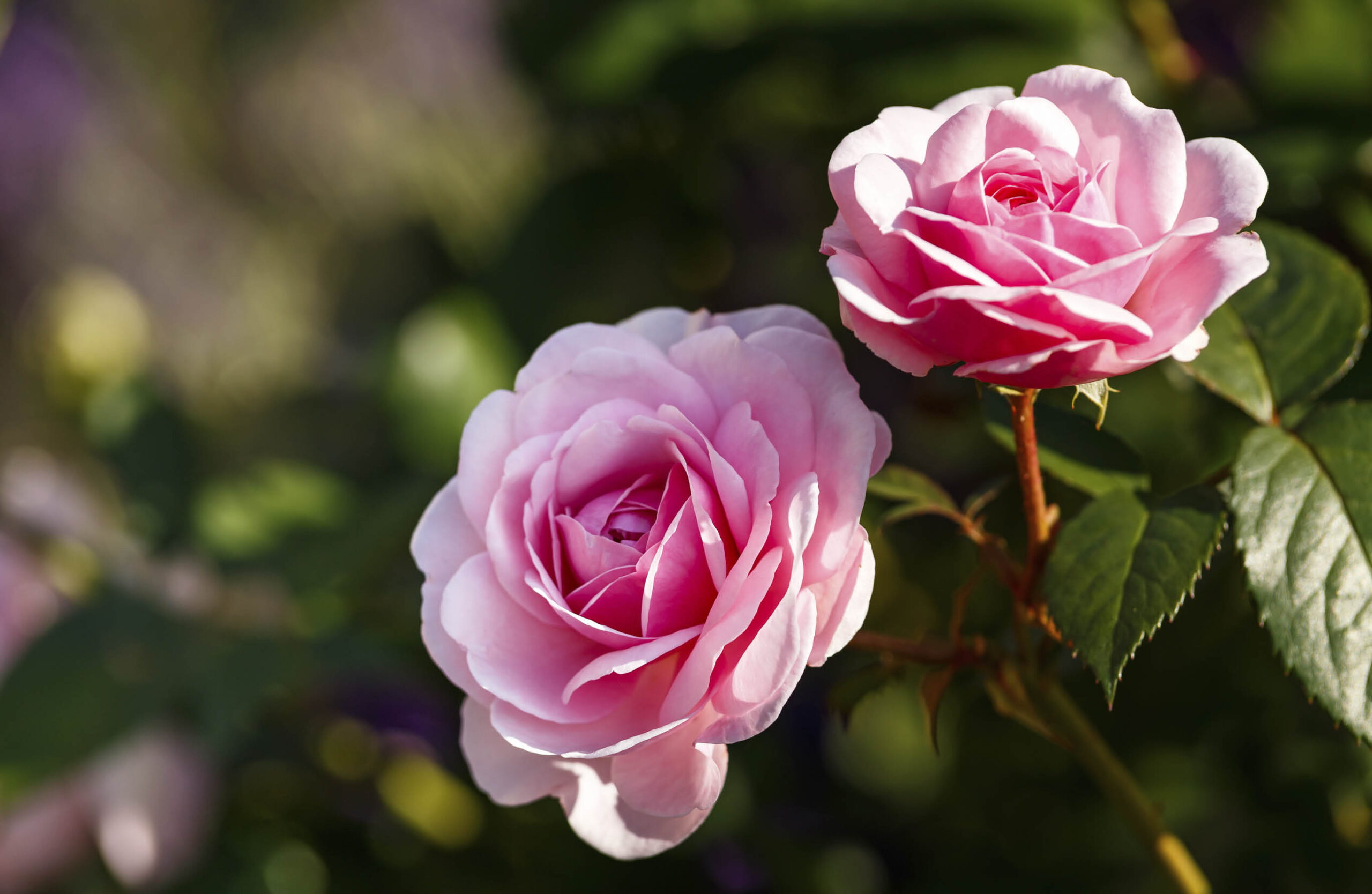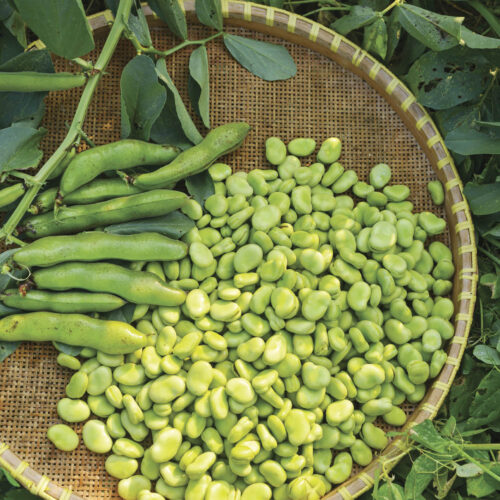Old-fashioned aromatic roses
2021-05-04T04:45:13+10:00
Don't be put off by the stark look of bare-rooted rose trees. The colder months are the time to plant them to ensure success.
I fell in love with roses slowly – first with the hybrid tea roses that were established in the garden of our farm when we moved in. The vibrant ‘Gold Medal’, elegant ‘Camp David’ and huge ‘Oklahoma’. I found myself drawn to them. Then, I discovered David Austins, Floribundas and the intoxicating world of old-fashioned roses.
There is something mesmerising about roses en masse; about the differences in fragrance and form. None more so than the beautiful collection of old-fashioned roses, with some varieties lovingly preserved for hundreds of years.
Bare-rooted plants
Coming into winter, you might have heard talk about bare-rooted rose season and be wondering what the big deal is. What it basically means is that it’s the time when your roses can be purchased and transported while they’re dormant, without needing any soil or pot – thus the bare-rooted rose season. The plants themselves are significantly cheaper than potted roses, as well as being easier to transport. Bare-rooted roses are also unlikely to suffer from the transplant shock potted roses might experience when you plant them out or repot them.
Be warned, though, bare-rooted roses aren’t the prettiest of things. Upon arrival, they’re likely to look like a small, sad stick with roots wrapped in newspaper. But take heart – come spring and summer they will awaken and dazzle you.
Prep and planting
Select a site in your garden that gets at least six hours of sun. Some varieties and cultivars of roses will tolerate more shade than others.
When your bare-rooted roses arrive, make sure the roots never dry out. Soak them in a bucket of water for about two hours before planting out (but don’t leave them to soak for more than 12 hours).
Prepare your rose beds by digging in well-rotted manure (or buying organic options) and preparing holes that will comfortably fit the roses’ roots. The bud union of the rose (a small bump above the roots) should be about 2cm above the soil level. Roses need a lot of water while establishing, depending on conditions, roughly up to 20 litres of water per week.
The right rose
Roses as a group are generally tough and easy to grow, but like the variety of colours and scents that are available, some rose varieties and cultivars are more resistant to diseases than others. Many growers will find their roses periodically overcome with pests, such as aphids, and diseases like black spot, rust, mildew and botrytis. Do research, then pick the right rose for your conditions and feed and water them well throughout the growing season to help them fend off pests and diseases.






